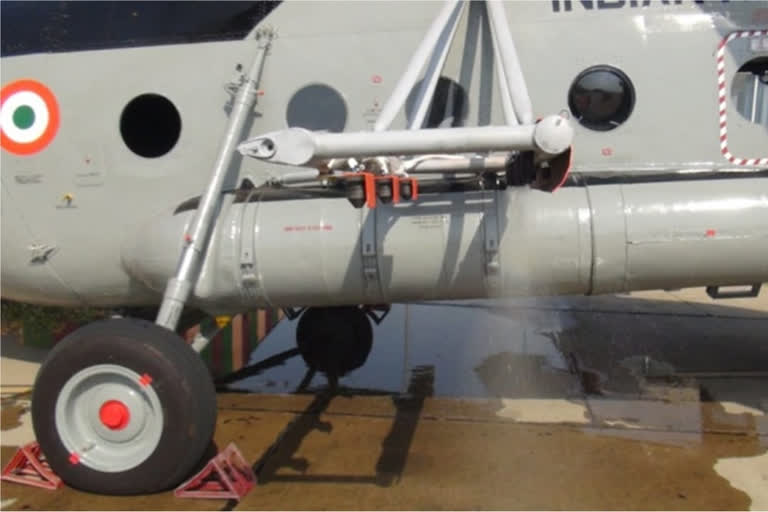New Delhi: Amid soaring tension between Asian giants India and China, infrastructure building and its upgrade is a sensitive issue in the cold barren mountainous region of Ladakh, an effort that India delayed for long.
Now along with rapid road construction activity right up to Daulat Beg Oldie near the Karakorum Pass—which has been met with open hostility by the Chinese across the border—36 new helipads are coming up in far-flung areas in the sensitive divisions of Leh and Kargil in Ladakh, in addition to the older ones including one near the Finger 4 area on the north bank of the Pangong Tso lake.
While 19 are in Leh, 17 are in Kargil, the helipads are expected to be ready in about four months.
But these are not the usual helipads. While they will primarily cater to civilian uses including enhancing connectivity, ferrying tourists, for use in medical emergencies, they will have facilities that can be put to use by military helicopters in times of exigencies.
According to a source familiar with the effort, these helipads will be well-laid stations that will come equipped with refueling facilities, passenger frisking counters, waiting areas, security hold areas, etc.
“Each of these helipads will have minimum space to at least park two Mi-17 helicopters,” said a serving official who is familiar with helicopter operations in the area.
The Russian-made Mi 17 has a wing span of at least 21 metres and can carry up to 30 soldiers.
“Helicopters can just about land anywhere but in the high-altitude and mountainous terrain in Ladakh, it can be a challenging task. That is why well-equipped helipads connecting remote and inaccessible regions of Ladakh are the need of the hour,” said the official.
And in winter months, they will become veritable points to push in supplies to the ground forces that are part of the mammoth mobilization effort undertaken in ‘mirror deployment’ to China’s mobilsation.
The Ladakh Union Territory administration is helming the effort.
Besides the main Kushok Bakula Rimpochee Airport at Leh, Ladakh also has six Advanced Landing Grounds (ALGs) that are operated by the IAF.
While the IAF’s fighter aircraft can also land in these ALGs, they are primarily used by the IAF’s transport aircraft and airlifters like C-17 ‘Globemaster’, the C-130J ‘Super Hercules’, the AN-32s and the IL-76s that carry men and material in bulk.
READ: CBI Special Court to deliver the verdict in Sister Abhaya murder case today
From the ALGs, the ‘last mile connectivity’ to the military outposts is usually provided by helicopters.
China is also understood to have ramped up its military facilities including setting up of new helipads and heliports along the border from Ladakh to Uttarakhand to Sikkim to Arunachal Pradesh.
According to an assessment in September, 2020 by US think-tank Stratfor, China is building four heliports near the Line of Actual Control (LAC) after the onset of the current Ladakh crisis in May.
Heliports are dedicated airports for helicopter activity including a number of separate take-off and landing spaces besides parking spaces and other facilities for helicopters.
These developments are significant as they are taking place amid an ongoing eight-month-long standoff between the Indian and Chinese militaries that has seen quite a few violent confrontations including a brutal encounter on June 15 in the Galwan Valley.



